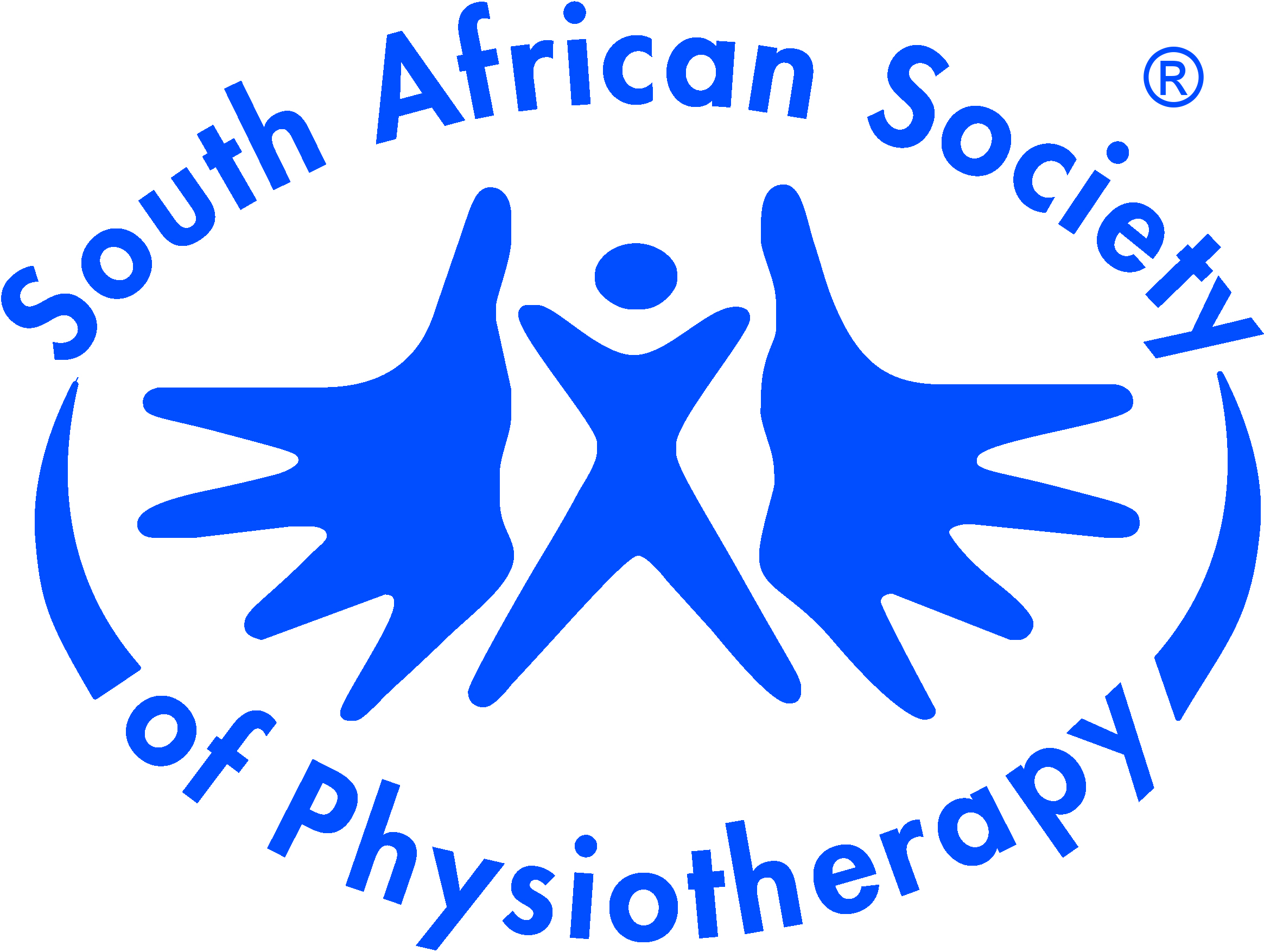Case Report
Scoliosis - Plastic changes in spinal function of pre-pubescent scoliotic children engaged in an exercise therapy programme
South African Journal of Physiotherapy | Vol 52, No 1 | a644 |
DOI: https://doi.org/10.4102/sajp.v52i1.644
| © 2018 Gill Solberg
| This work is licensed under CC Attribution 4.0
Submitted: 21 September 2018 | Published: 28 February 1996
Submitted: 21 September 2018 | Published: 28 February 1996
About the author(s)
Gill Solberg, Rehabilitation Research Unit, Department of Human Movement Studies, Rhodes University., South AfricaFull Text:
PDF (452KB)Abstract
Previous studies (Stone et al., 1979) of the effect of exercise therapy on scoliosis have demonstrated progression of spinal curves despite vigorous exercise regimens. This study presents evidence to the contrary.
Ten South African black school children with mild scoliosis and attendant upper thoracic asymmetries were analysed both before and after a specific exercise therapy programme, in order to determine the effect of the therapy on spinal functionality and the scoliotic curve. The effect of this intensive treatment, in which the subjects underwent a five-month exercise training programme with a total of 60 one-hour sessions, was investigated in a controlled clinical trial.
A subjective and objective appraisal of posterior trunk asymmetry in schoolchildren aged 7 -1 8 years is reported. Selected functional and anthropometric measurements were made before and after the treatment, and anteroposterior X-rays were used to indicate changes in the scoliotic curve. New methods are described for quantifying the scoliotic curves in each child.
Post-treatment tests showed a significant (p) decrease in Cobb’s angles as well as a significant reduction in all the spinal and thoracic functional asymmetries observed in the study.
The findings suggest that selective exercise programmes can contribute to improvement in cases of functional scoliosis. The study sheds new light on problems related to scoliosis and the benefits of exercise rehabilitation.
Data on the incidence of scoliosis amongst 1052 black children are presented and discussed too.
Ten South African black school children with mild scoliosis and attendant upper thoracic asymmetries were analysed both before and after a specific exercise therapy programme, in order to determine the effect of the therapy on spinal functionality and the scoliotic curve. The effect of this intensive treatment, in which the subjects underwent a five-month exercise training programme with a total of 60 one-hour sessions, was investigated in a controlled clinical trial.
A subjective and objective appraisal of posterior trunk asymmetry in schoolchildren aged 7 -1 8 years is reported. Selected functional and anthropometric measurements were made before and after the treatment, and anteroposterior X-rays were used to indicate changes in the scoliotic curve. New methods are described for quantifying the scoliotic curves in each child.
Post-treatment tests showed a significant (p) decrease in Cobb’s angles as well as a significant reduction in all the spinal and thoracic functional asymmetries observed in the study.
The findings suggest that selective exercise programmes can contribute to improvement in cases of functional scoliosis. The study sheds new light on problems related to scoliosis and the benefits of exercise rehabilitation.
Data on the incidence of scoliosis amongst 1052 black children are presented and discussed too.
Keywords
No keywords available
Metrics
Total abstract views: 1205Total article views: 547
Crossref Citations
1. The Effects of an Exercise Program Consisting of Taekwondo Basic Movements on Posture Correction
Sunghak Byun, Changkyoo An, Minho Kim, Dongwook Han
Journal of Physical Therapy Science vol: 26 issue: 10 first page: 1585 year: 2014
doi: 10.1589/jpts.26.1585
